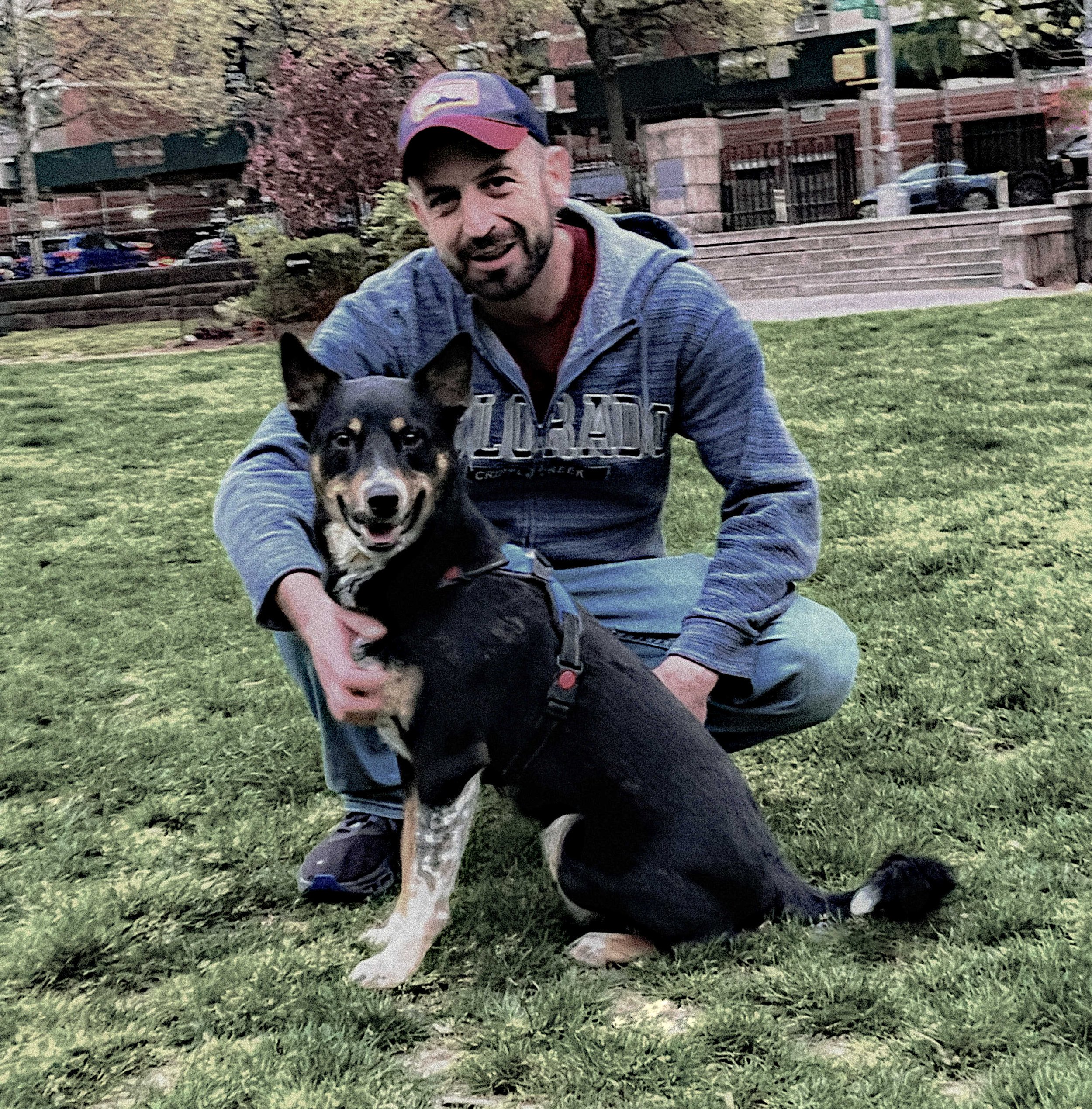PJH Dog Training Treats Most Behavioral Issues
Tired of those endless tug-of-war battles with your dog's leash or dealing with barking that never seems to stop? You're not alone! At PJH Dog Training, we specialize in solving the behavioral issues that drive dog owners crazy. From leash pulling, reactivity, and separation anxiety to excessive barking and jumping, we've got you covered. Located right here in New York City, we use positive reinforcement methods to transform your dog's behavior—and your life! Whether you have a hyperactive puppy or a stubborn adult dog, our expert trainers offer personalized solutions designed to create calm, confident, and well-mannered pets. Ready to enjoy peaceful walks and stress-free outings with your furry friend? Let’s get started today!
How Many Behaviors Does Your Dog Display?
Don’t worry your not alone! In fact, most dogs show between 1-3 problematic behaviors*
Basic Obedience and Manners
Sit, Stay, Come, Leave it, Drop it: Fundamental commands every dog must learn for basic control, safety, and advanced commands.
Leash Pulling: Training dogs to walk calmly on a leash without pulling.
Jumping Up: Teaching dogs not to jump on people as a greeting or for attention.
Barking: Managing excessive barking through behavioral training.
Door Dashing: Preventing dogs from bolting through open doors.
Socialization Issues
Aggression Towards People or Other Dogs: Addressing and modifying aggressive behaviors through controlled exposure, desensitization, and positive reinforcement (counter conditioning).
Fearfulness: Helping dogs overcome fears of people, noises, or objects through gradual exposure, desensitization, and positive associations.
Resource Guarding: Training dogs to not aggressively guard food, toys, people, or other objects.
Social Skills: Teaching dogs how to interact properly with other dogs and people.
Anxiety-Related Behaviors
Separation Anxiety: Alleviating distress and destructive behaviors when left alone.
Noise Phobias: Addressing fears related to loud noises like fireworks or thunderstorms.
Compulsive Behaviors: Treating a wide variety of repetitive behaviors (e.g., tail chasing, excessive licking) that may be stress-related.
House Training Issues
Potty Training: Establishing a consistent routine for puppies and adult dogs to eliminate outside.
Marking: Addressing territorial or anxiety-induced urine marking inside the house.
Crate Training: Teaching dogs to see their crate as a safe and comfortable space.
Miscellaneous Behavioral Issues
Chewing: Directing natural chewing tendencies towards appropriate objects.
Digging: Managing or redirecting digging behaviors.
Stealing and Counter-Surfing: Preventing theft of food or objects from tables and counters. Upgrading Leave it and Drop it commands, training alternative behaviors.
If your dog displays one or more of these behaviors you’re a good candidate for private in-home training or group training classes!! Book now to relieve your dog’s stress.
*According Salonen, M. (2020) in a recent study of almost 14,000 dogs spanning different breeds. See “Maladaptive”blog for study details.





